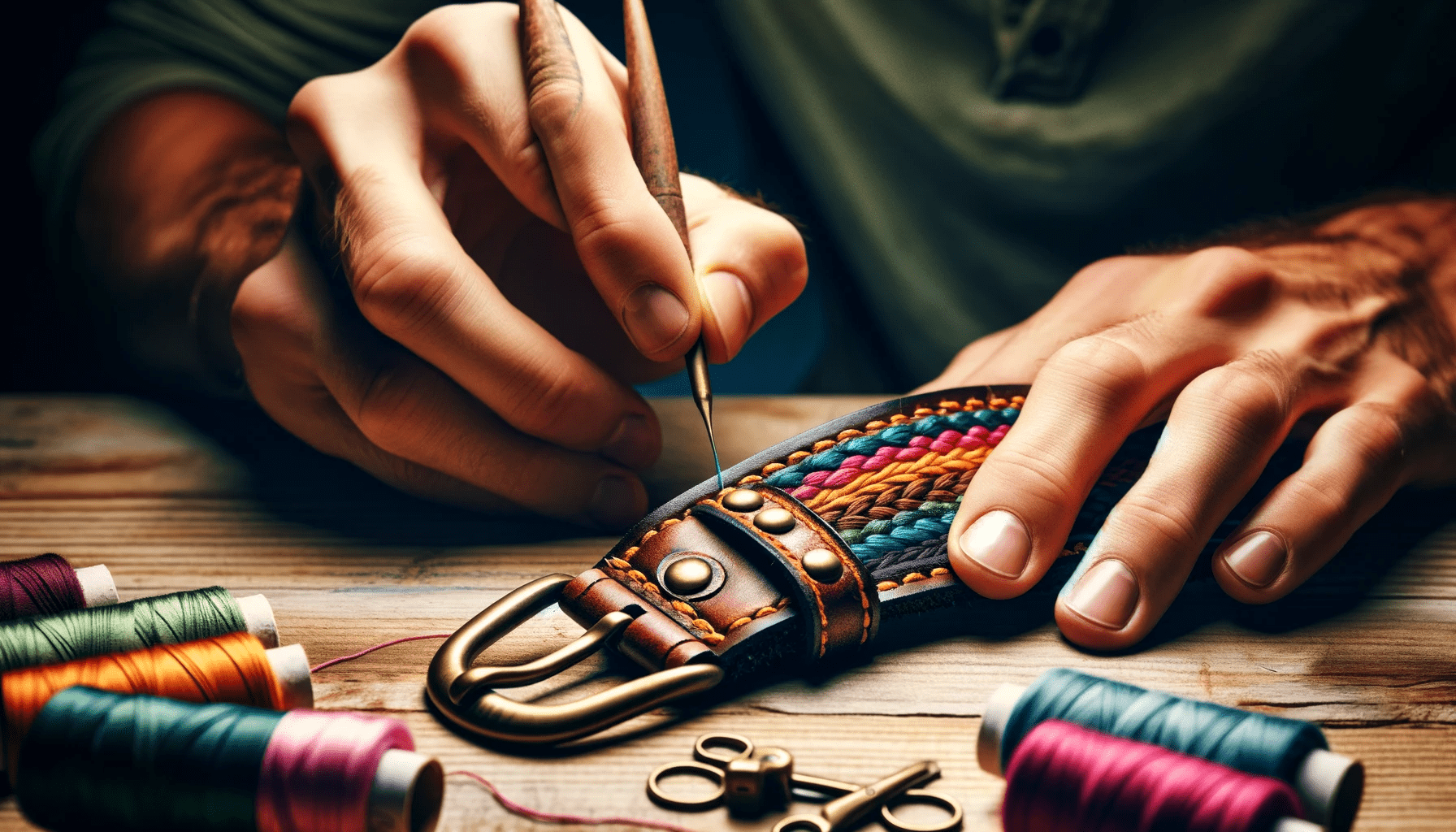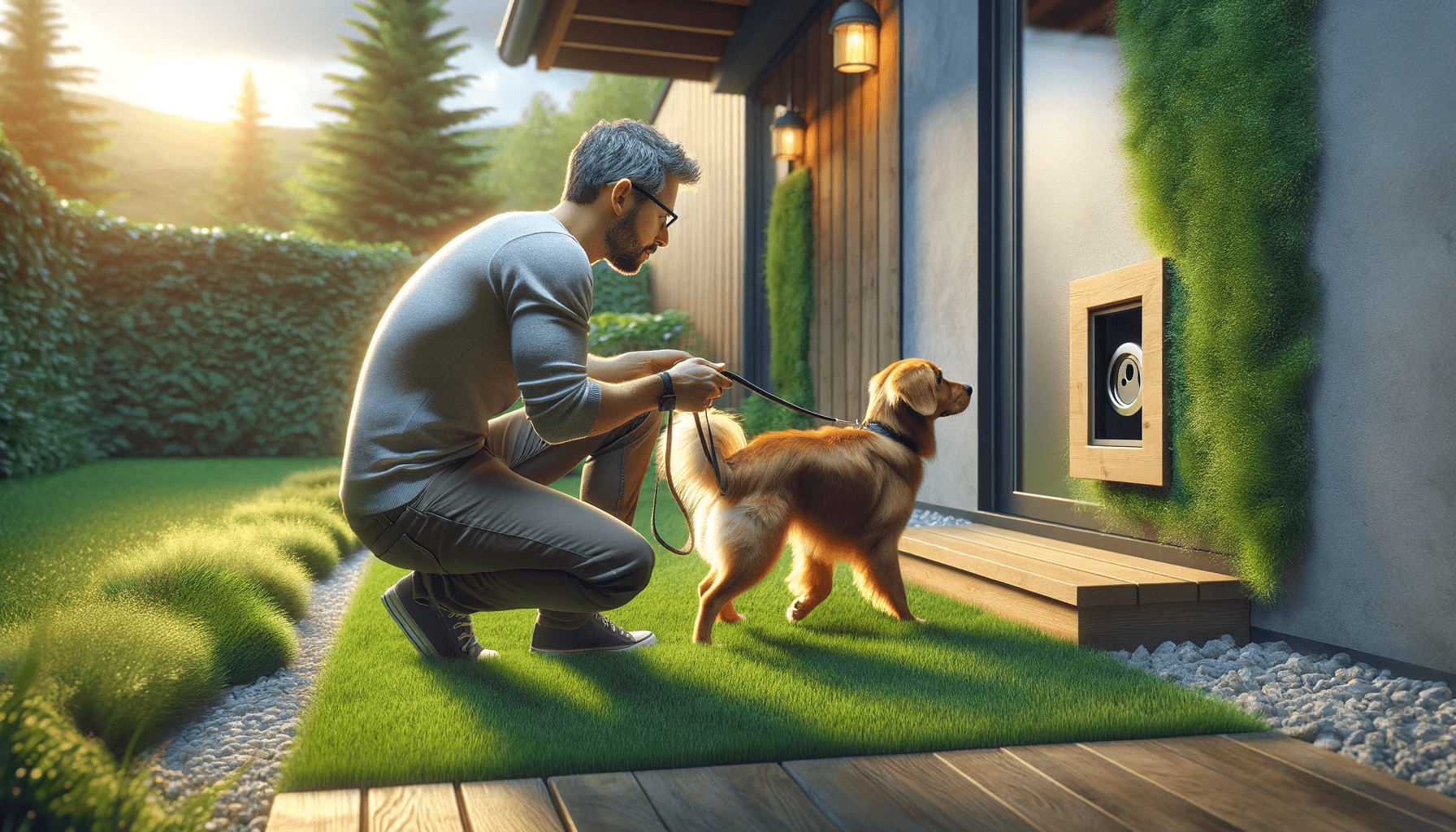Are you ready to train your puppy using a clicker? Look no further! In this article, we'll provide you with proven tips for clicker training puppies.
You'll discover how to choose the right clicker, set up a training schedule, teach basic commands, troubleshoot common challenges, and even learn advanced techniques.
With our concise and authoritative advice, you'll be well-equipped to navigate the world of clicker training and have a well-behaved pup in no time.
Let's get started!
Key Takeaways
- Choose the right clicker based on the size and sound suitable for your puppy's needs.
- Create a training schedule with short and frequent sessions to prevent boredom or overwhelm.
- Use positive reinforcement and the clicker to mark desired behaviors and reward your puppy.
- Troubleshoot common training challenges with patience, consistency, and positive reinforcement.
Choosing the Right Clicker
When choosing the right clicker for clicker training your puppy, it's important to consider its size and sound. Different types of clickers are available in the market, and understanding their variations will help you make an informed decision.
The two main types of clickers are the box clicker and the button clicker. The box clicker is larger and produces a louder sound, which may be more suitable for puppies who are hard of hearing or easily distracted. On the other hand, the button clicker is smaller and produces a softer sound, making it ideal for puppies who are sensitive to loud noises.
To introduce the clicker to your puppy, follow these steps. Begin by associating the clicker with positive experiences. Give your puppy treats while simultaneously clicking the clicker. This will help your puppy understand that the clicker sound is a signal for something good.
Once your puppy is comfortable with the sound, you can start using the clicker to mark desired behaviors during training sessions. Click immediately after your puppy performs the desired behavior and follow it up with a treat. Consistency is key, so make sure to use the clicker consistently and reward your puppy for the desired behaviors.
Choosing the right clicker and properly introducing it to your puppy are crucial steps in clicker training. By considering the size and sound of the clicker and following the steps outlined above, you'll be on your way to successful clicker training with your puppy.
Setting Up a Training Schedule
To effectively set up a training schedule for your puppy, continue building on the foundation you established with the clicker by incorporating regular training sessions. Consistency is key when it comes to training your puppy, as it helps them understand what's expected of them and reinforces positive behaviors.
Here are some tips for creating a positive training environment and maintaining consistency in your training sessions:
- Set aside dedicated training time: Schedule specific times each day for training sessions. This helps create a routine for your puppy and ensures that you have enough time to focus on their training without distractions.
- Keep sessions short and frequent: Puppies have short attention spans, so it's important to keep training sessions brief. Aim for 5-10 minutes at a time, but have multiple sessions throughout the day. This helps prevent your puppy from becoming bored or overwhelmed.
- Use positive reinforcement: Remember to always reward your puppy for good behavior. Use treats, praise, or playtime as rewards to motivate them and reinforce the desired behaviors.
- Be patient and consistent: Consistency is crucial in training. Use the clicker consistently to mark desired behaviors and always follow it up with a reward. Stick to the same training techniques and cues to avoid confusion.
Teaching Basic Commands With Clicker Training
Start by teaching your puppy the basic commands using clicker training. Clicker training is a powerful tool that can be used to teach your puppy a wide range of commands and tricks. It's a positive reinforcement method that involves using a clicker, which makes a distinct sound, to mark the desired behavior and then rewarding your puppy with a treat. This method helps your puppy understand what behavior is being rewarded and allows for clear communication between you and your puppy.
Incorporating clicker training into everyday routines for puppies is a great way to ensure consistent training. Start by teaching your puppy the basic commands such as sit, stay, and come. Use the clicker to mark the moment your puppy performs the desired behavior and immediately reward them with a treat. Repeat this process until your puppy consistently responds to the command.
Once your puppy has mastered the basic commands, you can move on to teaching them fun tricks through clicker training. Tricks like shake hands, roll over, and play dead can all be taught using the clicker training method. Remember to break down the trick into smaller, manageable steps and reward your puppy for each successful attempt.
Troubleshooting Common Training Challenges
If you're experiencing common training challenges while clicker training your puppy, there are effective strategies to overcome them. Here are some tips to help you troubleshoot and address these challenges:
- Dealing with distractions during clicker training: It's common for puppies to get distracted during training sessions, especially when there are other people or animals around. To combat this, start training in a quiet and familiar environment, gradually increasing the level of distractions. Use high-value treats to keep your puppy focused on you and reinforce desired behaviors.
- Addressing fear or anxiety issues during clicker training: Some puppies may exhibit fear or anxiety during clicker training, making it difficult for them to learn. If your puppy shows signs of fear or anxiety, take a step back and work on building trust and confidence. Use positive reinforcement techniques such as using a calm and soothing tone, rewarding small steps of progress, and providing plenty of praise and treats.
- Consistency is key: One common challenge in clicker training is maintaining consistency. Ensure that you use the clicker consistently for marking desired behaviors and follow it up with a reward. Use the same verbal cues for commands and avoid changing your training methods frequently.
- Patience and perseverance: Training a puppy takes time and patience. It's important to remember that each puppy is unique, and progress may vary. Stay positive, be patient, and celebrate even the smallest achievements. With consistent training and positive reinforcement, your puppy will eventually overcome any training challenges they may face.
Advanced Techniques for Clicker Training Puppies
One effective technique for clicker training puppies is incorporating more complex commands into their training routine. Once your puppy has mastered the basic commands such as sit, stay, and come, you can move on to advanced shaping exercises. These exercises involve teaching your puppy to perform specific behaviors by breaking them down into smaller steps and rewarding each step along the way.
For example, if you want your puppy to learn how to roll over, you can start by rewarding them for lying down on their side, then for rolling onto their back, and finally for completing the full roll. This method of training not only helps to build your puppy's skills and intelligence, but also strengthens the bond between you and your furry friend.
In addition to advanced shaping exercises, it's important to incorporate clicker training into your puppy's daily routines. This means using the clicker to mark and reward desired behaviors throughout the day, not just during formal training sessions. For instance, if your puppy sits quietly while you prepare their food, you can click and reward them for their patience.
Frequently Asked Questions
How Long Does It Typically Take for a Puppy to Understand and Respond to Clicker Training?
Typically, it takes a puppy some time to understand and respond to clicker training. To introduce it without overwhelming them, start with short sessions, use treats, and be patient. Troubleshoot challenges by adjusting timing and reinforcement.
Can Clicker Training Be Used for Older Dogs or Is It Only Effective for Puppies?
Clicker training can be beneficial for older dogs too. It helps reinforce positive behaviors and improve communication with your furry friend. To introduce clicker training, start by associating the click sound with treats and gradually shape desired behaviors.
Are There Any Specific Breeds That Are More Responsive to Clicker Training Than Others?
Some specific breeds may be more responsive to clicker training than others. However, factors such as a puppy's temperament, intelligence, and motivation also play a role in their responsiveness to this training method.
Can Clicker Training Be Used to Teach More Complex Tricks or Is It Primarily for Basic Commands?
Yes, clicker training can be used to teach complex tricks as well as basic commands. It's a versatile technique that allows you to train your puppy to perform advanced tricks using the clicker training techniques.
What Should I Do if My Puppy Becomes Afraid or Anxious During Clicker Training Sessions?
If your puppy becomes afraid or anxious during clicker training, it's important to address their fears. Take small steps, create a positive environment, and use treats to build confidence. Gradually increase difficulty to help them overcome their anxiety.
Conclusion
In conclusion, clicker training is an effective and proven method for teaching puppies basic commands and advanced techniques. By choosing the right clicker and setting up a training schedule, you can successfully train your puppy using this positive reinforcement technique.
However, it's important to troubleshoot common training challenges and seek professional help if needed. With patience and consistency, clicker training can help you build a strong bond with your puppy and ensure their obedience and well-being.






